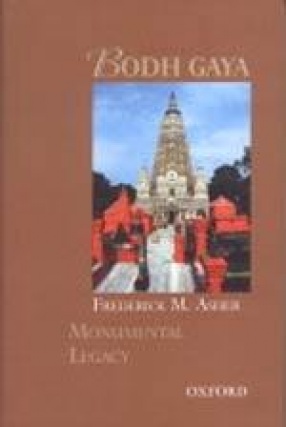In this volume entitled Early Caves of Maharashtra: A Cultural Study one finds a picturesque panorama o& life in the innumerable early sculptures a paintings of Mahara$htra. They had close connections with everyday life of society. The detailed account of different ites of ,ric material cfture of the society depicfed the early sculptures and painting’s shows how important they were in the reconstruction of the life of the people during the second century B.C. to the third century A.D. This book has been divided into thirteen chapters which tells about the historical and geographical background, architecture, costumes and footwear, coiffures and head-dresses, personal ornameftts, domestic vessels and other household articles, furniture, arms and armour, musical instruments, conveyances, royal insignia, flora and fauna besides the epilogue, bibliography, index and the line drawings. The earliest known examples of rock cut architecture in India are the caves of Barabar and Nagarjuni hills near Patna in Bihar. Most of the Buddhist caves are scattered in Western Maharashtra and these caves have been cut out of the solid rock. These are of two classes, (l) Chaitya halls, and (2) Vihdra. Eight important Chaitya halls were excavated in the Hsnayana period (200 B.C. to 200 A.D.) namely Bhaja, Kondane, Pitalkhora, Ajanta Nasik Karle, and Bedsa. The rock cut monasteries were used for the accommodation of the monks, which was known as Vihara. This treatise will be very useful especially for the research scholars and the students.

Early Caves of Maharashtra
In stock
Free & Quick Delivery Worldwide
reviews
Bibliographic information
Title
Early Caves of Maharashtra
Author
Edition
1st ed.
Publisher
ISBN
8185067732
Length
vii+208p., 19 Figures; Index; 26cm.
Subjects




There are no reviews yet.